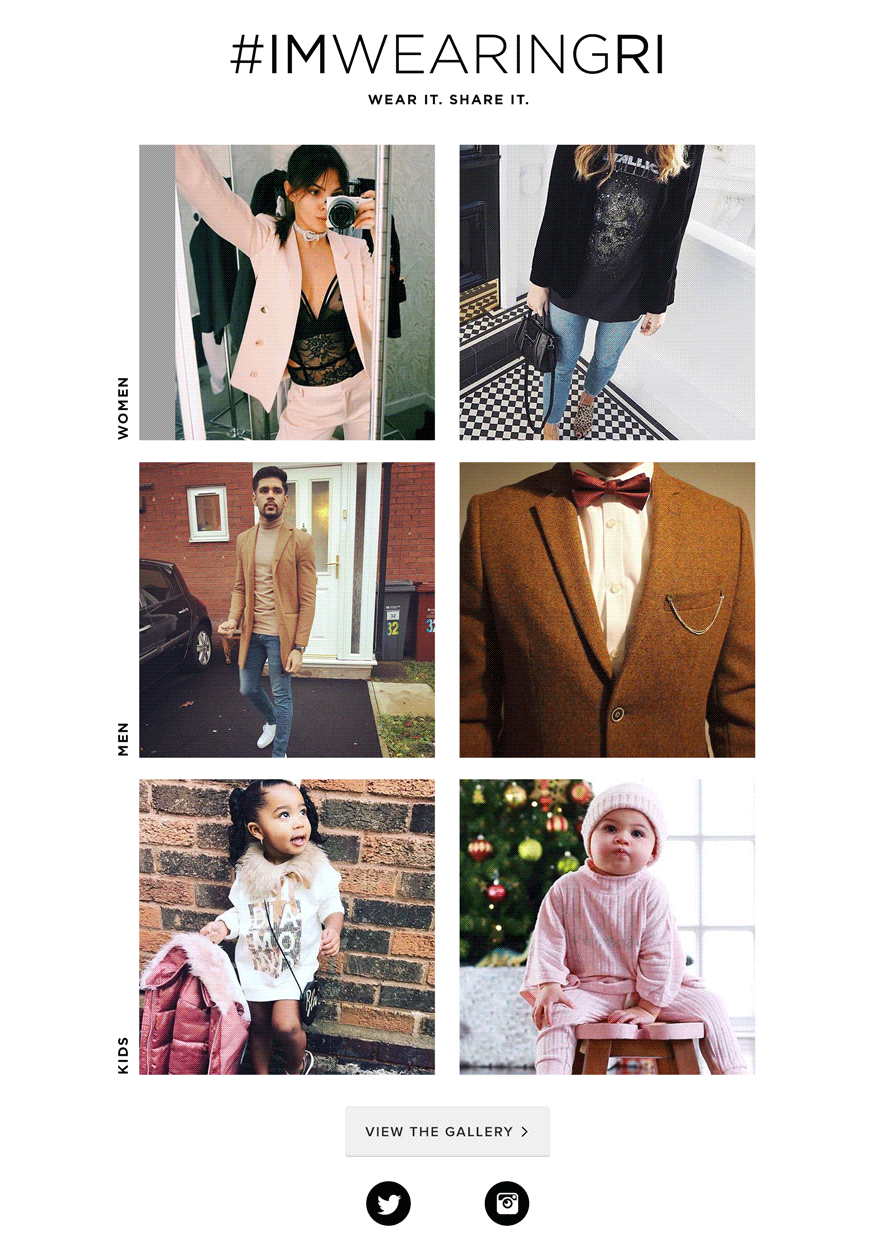Customers are your brandâs most powerful advocates
28 Nov 2017

Word of mouth (WOM) is not a new concept but it has certainly been enhanced by the explosive growth of social media and the shift of power from brand to the customer.
Peer to peer communication – be that formal reviews or indirect customer service feedback – plays an integral role for brands seeking to understand and manage their online reputation. Moreover, WOM can have huge commercial significance with 92% of consumers said to trust referrals from people they know. Just 15% of consumers conversely trust content created and shared by companies.
WOM clearly plays a key role in building brand trust. Ultimately true advocacy from customers should be driven by a good customer experience, be that with a service, product or touchpoint with that brand.
Whilst it’s true that customers are generally more likely to use social media to vent negative over positive experiences, the benefits of handling bad situations well can provide a huge benefit.
But clearly, we shouldn’t wait for the opportunity to turn bad into good – marketers need to encourage customers through a variety of techniques.
Brands should invite social media feedback and engagement through an integrated approach – incentivising where necessary to encourage dialogue with customers and prospects.
Many small brands and independents do this very well with invitations to share pictures of your latte displayed proudly on shop doors and windows. Larger brands and businesses should follow suit, integrating social media through wider CRM strategies and customer touch points for a truly social brand. Simple email prompts and on-pack invitations can provide a wealth content and invaluable feedback.
Equally, a well-briefed community manager should be able to handle customer service alongside brand response and brand engagement – neither should be considered more important but both play a role in managing customer advocacy through social media.
Often the best advocacy campaigns are achieved through the wider halo of engaging with real customers than simply networking with those celebrating the biggest follower count. Recognising true influence and fostering authentic relationships will frequently yield a better response from customers looking to ‘people like them’.
One such example is the increasing use of user-generated content (UGC) from customers – illustrated most commonly by retail brands like ASOS and their hashtag #asseenonme and River Island #Imwearingri. The integrated social gallery for #Imwearingri takes pride of place on the retailers website – it’s also shoppable too, providing tangible commercial benefit to UGC and customer advocacy.
But authenticity – and transparency – is key. Increasing regulation set for online influencers is enabling customers to see through paid advocacy and question the content laid before them. 61% of women said they won’t engage with an influencer’s sponsored content if it doesn’t feel genuine.
With 81% of consumers stating that social posts made by friends and peers directly impacts purchasing decisions, the key principles to take away – be authentic, manage the rough with the smooth and always prepare for the unexpected.
WOM marketing and customer advocacy are not just a nice to have to boost social media metrics – it’s an essential strategy for commercial success.
Written by Sally Rushton, member of the Social Media Council and Head of Digital Engagement at Jaywing
Please login to comment.
Comments